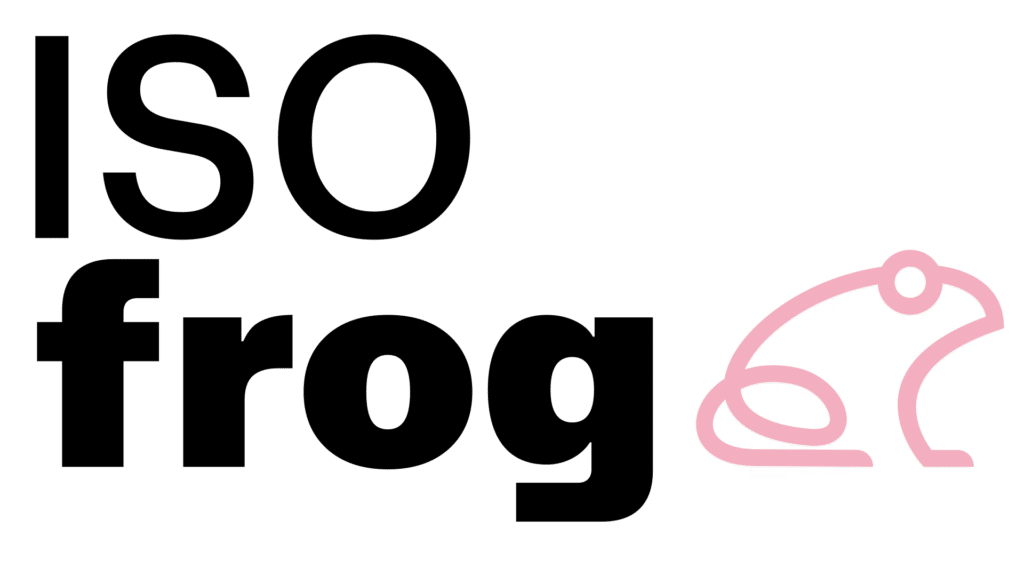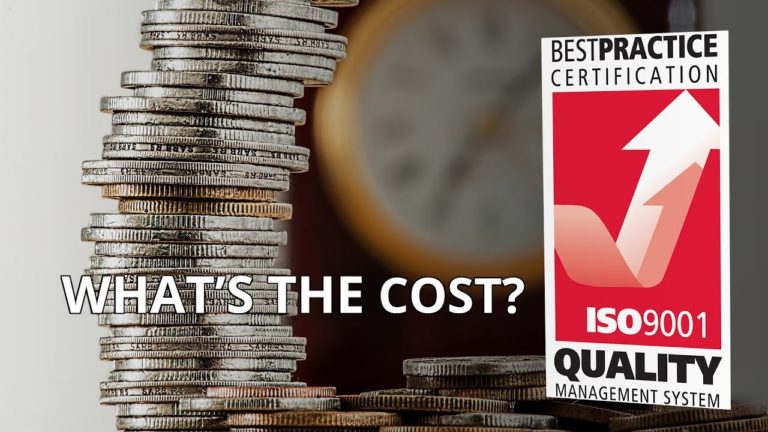Example of Interested Parties for ISO
In this page, you’ll discover some examples of interested parties as required by ISO Certification. The concept of interested parties was not mentioned in the previous version of the ISO 9001 standard. However, in the current version of ISO 9001, it can be considered one of the pillars. for implementing the Quality Management System.
Definition of an Interested Party: person or organization that can affect, be affected by, or perceive itself to be affected by a decision or activity
Source: ISO

Identification
The first step we have to do is to identify the interested parties. These include every person, organisation who has as interested or is impacted by our organisation.
Some examples of interested parties may include shareholders/owners of the organisation, employees, clients, suppliers and all legal entities relevant to the organisation.
Through identifying these interested parties we will have a better understanding of who the organisation is catering for. Quality refers to meeting ‘customer requirements’. In this case, the standard of ISO 9001:2015 asks us to consider both internal and external customers. After we’ve identified the interested parties, we are to determine what their requirements are.
Examples of Requirements of Interested Parties
After identifying the interested parties of our organisation, we need to determine what are their requirements. What would they like to achieve from the organisation? Examples of requirements may include:
Shareholders / Owners – profit, a sustainable business, and achieving targets for revenue.
Employees – want to work in a safe and healthy environment, and want to get good benefits and fair pay. They might also want to be kept informed and involved in the improvement, and growth of the organisation.
Clients – most certainly would want to get the right product or service, delivered on time, at the right price. Depending on the product/service offered, they might want to have fast and efficient service and frequent updates about the status of ongoing jobs. They might also want to have favourable payment terms and other commercial terms.
Suppliers – even though we are the clients of our suppliers, the standard asks us to consider what our suppliers want from us. Ensuring that we have a solid value chain up-stream, would ensure that we are able to deliver our product down-stream. Examples of requirements of suppliers might include receiving regular orders, working in a safe environment, and favourable payment terms.
Legal Entities – unlike with other interested parties, legal entities make their requirements very explicit. This is done through laws and official requirements that the organisation has to adhere to. These laws might be generic to all companies (such as TAX & VAT requirements), and might be specific to the industry in which our organisation works.
ISO Frog | The Latest Project From Luke Desira

ISO Frog is the new solution for ISO Certification. This software is crafted by a team of ISO experts, led by the management systems specialist, Luke Desira.
ISO Frog as a software has built in tools and templates that help you meet all the needs and wants of interested parties. You will have a list of interested parties that are relevant to ISO 9001 along other templates and samples. All are useful when applying ISO to your organisation.
Sign up today and be one of the first to gain early access to ISO Frog itself! You’ll be effectively helping us test ISO Frog. By signing up, you’ll be receiving:
More examples of Interested Parties as required by ISO 9001:2015
Evaluating the interested parties of a Training School
| Interested Parties | Needs/Expectations |
| Group of companies | Profit Training courses relevant to the needs of companies within the group Market existence (market share) |
| Engineering boards (relating to construction and manufacturing industries) | Relevant accredited training courses |
| Trainers | Continual professional development Good wages Safe working environment |
| Clients | Competent trainers Public and private training courses relevant to their needs Cost-effective products/services Flexible scheduling Online/offline training |
| Accreditation bodies | Relevant document before, during and after the delivery of a module |
| Certification body | Compliance to the requirements of ISO 9001:2015 |
| Management committee | QMS to be suitable Meet the objectives and achieve customer satisfaction Continual improvement To have the data/information required to run effective management review meetings (as per the agenda defined by the standard) |
| Local regulatory bodies | Compliance to the legal requirements relating to the training school |
| Customer relationships division | Identify needs and expectations of customers Develop new and relevant training products |
Conclusion
Based on the above information, we would know everyone who has an interest in our organisation – to help us understand who we are serving. And what they expect from us.
Through this information, we can evaluate the internal and external issues that have an impact on us reaching the expectations of interested parties. This information can also be used to define any specific quality objectives to track our success in meeting these expectations.
If you’d like more information about ISO Certification, feel free to get in touch, or to get more clarity about the ISO Certification Cost. As the leading ISO Consultants in Malta, we are sure we can help you achieve your business goals.



6 Comments
Comments are closed.